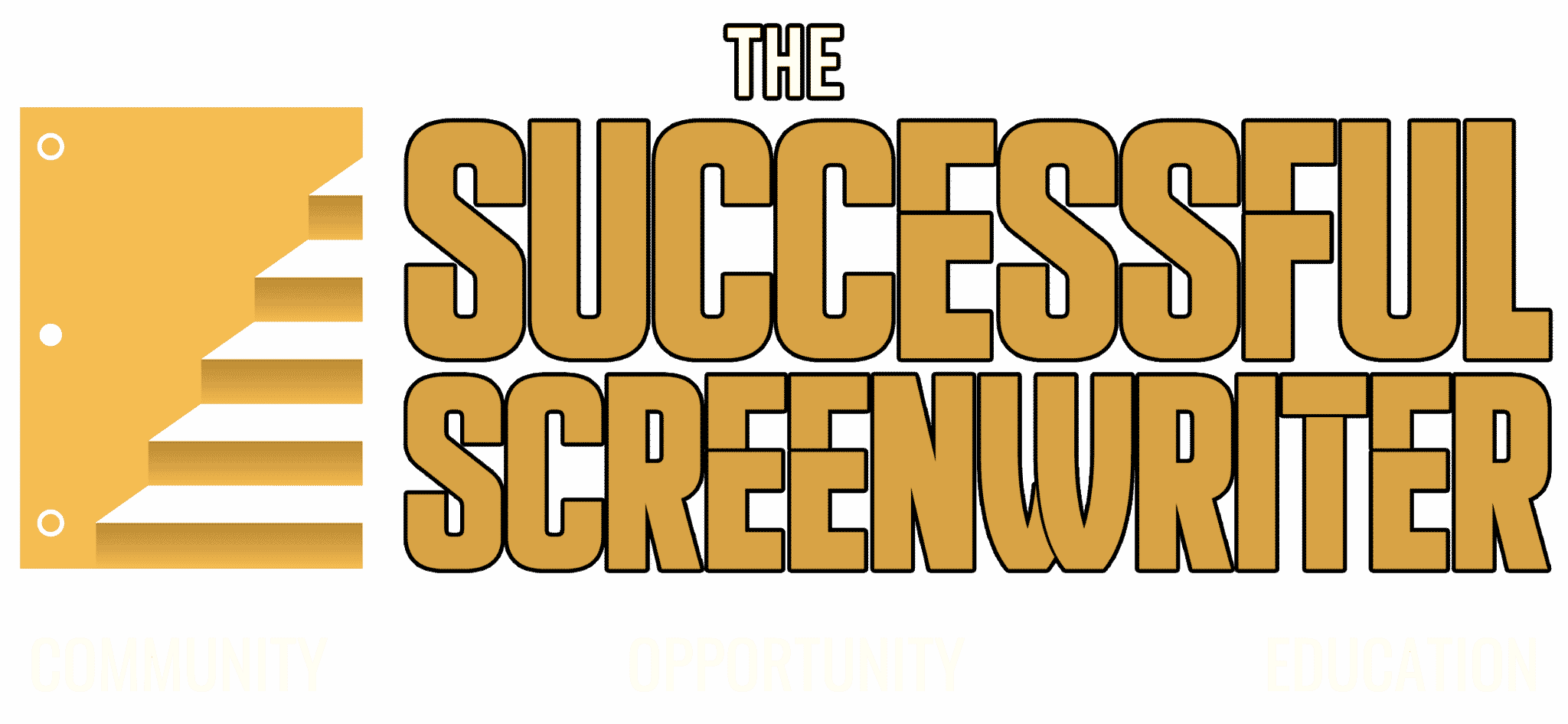Dialogue is one of the most powerful tools in a screenwriter’s arsenal. It has the power to reveal character, advance the plot, and immerse the audience in the world of your story. However, writing authentic, engaging dialogue can be a challenge. Here are some essential techniques to help you master the art of dialogue and bring your characters to life.
1. Be Patient with the Process
Finding the perfect voice for your characters often takes time and multiple drafts. It’s common for screenwriters to go through 4-5 drafts before the dialogue begins feels right. Don’t be discouraged if your characters’ voices aren’t perfect in the first draft – revision is a crucial part of the writing process.
- Understand that it might take several drafts to find your characters’ true voices.
- Focus on getting the story down in the first draft, and refine dialogue in subsequent drafts.
- Use each draft to deepen your understanding of the characters.
- Be open to making significant changes if a character’s voice doesn’t feel authentic.
- Allow yourself the freedom to experiment with different dialogue styles.
2. Know Your Characters
Really know your characters inside and out. Understand their backgrounds, motivations, and unique voices. Spend time developing detailed character profiles, considering their history, personality traits, and speech patterns. When you know your characters well, their dialogue will flow naturally and authentically.
- Develop detailed character profiles.
- Understand their history, personality traits, and speech patterns.
- Spend time “interviewing” your characters to get a sense of their voice.
- Consider their background and how it influences their speech.
- Know their goals, desires, and fears, and how these affect their dialogue.
3. Keep It Real
Authenticity is key to believable dialogue. Listen to how people speak in real life – the pauses, the interruptions, the quirks, the unfinished sentences. Incorporate these elements into your dialogue to make it feel more natural. Remember, people often speak in fragments and use contractions. Avoid making your characters sound too polished or formal unless it suits their personality.
- Listen to real conversations for inspiration.
- Incorporate natural speech elements like pauses and interruptions.
- Use contractions and avoid overly formal language unless it fits the character.
- Pay attention to regional accents or dialects if relevant.
- Keep sentences short and to the point where appropriate.
4. Subtext is Your Friend
Great dialogue often lies in what is implied not said. Subtext – the underlying meaning behind the words – can add depth and complexity to your scenes. Use subtext to reveal hidden emotions, conflicts, or secrets without explicitly stating them. This allows your audience to engage more deeply with your characters and their relationships.
- Use dialogue to hint at underlying emotions and conflicts.
- Avoid stating everything outright; let the audience read between the lines.
- Employ body language and actions to convey unspoken thoughts.
- Layer in double meanings or hidden agendas in conversations.
- Use silence or hesitation to indicate inner turmoil.
5. Avoid Exposition Overload
While dialogue can be a useful tool for conveying information, it shouldn’t feel like an information dump. Avoid lengthy monologues or speeches that serve only to explain the plot. Instead, weave necessary information into natural conversations. Show, don’t tell, by allowing characters to reveal details through their actions and interactions.
- Integrate exposition naturally into conversations.
- Use visual storytelling to reduce the need for explanatory dialogue.
- Keep information-dense dialogue brief and engaging.
- Reveal backstory gradually through interactions.
- Make sure every line of dialogue serves a purpose beyond exposition.
6. Each Character Needs a Unique Voice
Each character should have a distinct way of speaking that reflects their personality, background, and role in the story. Pay attention to their choice of words, rhythm, and tone. A seasoned detective might use clipped, direct language, while a quirky artist might speak in a more whimsical, rambling manner. Consistency in their speech patterns helps to define their individuality.
- Develop a unique voice for each character based on their background and personality.
- Pay attention to word choice, rhythm, and tone.
- Keep each character’s speech consistent throughout the script.
- Differentiate characters through their dialogue styles.
- Avoid making all characters sound the same.
7. Use Conflict and Tension
Conflict is at the heart of drama, and dialogue is a great way to highlight it. Use conversations to create tension between characters, whether it’s through disagreements, power struggles, or hidden agendas. This not only keeps your scenes dynamic but also reveals character motivations and drives the story forward.
- Use disagreements and arguments to create tension.
- Highlight power dynamics and hidden agendas in dialogue.
- Keep conversations dynamic and engaging with conflicting viewpoints.
- Use interruptions and overlapping dialogue to heighten conflict.
- Let the dialogue reflect the stakes of the scene.
8. Read Aloud and Revise
Once you’ve written your dialogue, read it aloud. This helps you catch awkward phrasing, unnatural rhythms, and any lines that feel out of character. Revising your dialogue is crucial to ensure it sounds authentic and serves the story. Don’t be afraid to cut or rewrite lines that don’t work.
- Read your dialogue aloud to catch awkward phrasing.
- Pay attention to the flow and rhythm of the lines.
- Revise and refine dialogue for authenticity and clarity.
- Don’t be afraid to cut lines that don’t work.
- Seek feedback from others to improve dialogue quality.
9. Study the Masters
Learn from the best by studying screenplays renowned for their dialogue. Pay attention to how dialogue is used to reveal character, advance the plot, and create memorable moments. Screenwriters like Aaron Sorkin, Quentin Tarantino, and Nora Ephron are known for their mastery of dialogue – dissect their work to see what makes it effective.
- Read and analyze screenplays known for great dialogue.
- Study how dialogue reveals character and advances the plot.
- Pay attention to memorable lines and what makes them stand out.
- Learn from the techniques used by master screenwriters.
- Apply these lessons to your own writing.
10. Use Silence Instead of Dialogue
Sometimes, what isn’t said speaks volumes. Silence can be a powerful tool in screenwriting, allowing you to show rather than tell. Use pauses, glances, and body language to convey emotions and reactions that words can’t capture. This technique can add depth to your characters and create more impactful scenes.
- Use silence to build tension and convey unspoken emotions.
- Show rather than tell by relying on visual storytelling.
- Use body language and facial expressions to reveal character thoughts and feelings.
- Allow moments of quiet to highlight the significance of certain scenes.
- Balance dialogue with action to create a more immersive experience.
Conclusion
Mastering dialogue takes practice and patience, but it’s a skill worth honing. By being patient with the process, knowing your characters, keeping it real, using subtext, avoiding exposition overload, giving each character a unique voice, utilizing conflict, reading aloud, and studying the masters, you can craft dialogue that truly brings your characters to life. Keep writing, keep experimenting, and watch your characters leap off the page and onto the screen.
Want more? Check out these free screenwriting resources!
Gain instant access to a wealth of resources tailored to elevate your craft and help get your work noticed:
- Over 100 Screenplays: Immerse yourself in our vast library of critically acclaimed films.
- Interactive Forums: Join discussions with fellow writers and industry experts.
- Logline Builder: Craft compelling pitches that grab attention.
- Industry Insights: Benefit from interviews and workshops with professionals.
- Script Requests by Producers: Get your script in front of the eyes that matter with exclusive leads and requests from our sponsor at InkTip.
Seize the opportunity to transform your screenplay from good to unforgettable, all at no cost to you.
Join for Free Now – Your script deserves the spotlight. Let’s make it happen.
screenwriting #dialogueTips #screenwritingTechniques #characterDevelopment #screenwriter #writingTips #screenplayWriting #filmWriting #storytelling #plotDevelopment #screenwritingAdvice #writingDialogue #scriptwriting #movieScripts #televisionWriting #dialogueWriting #screenwriterTools #creativeWriting #scriptRevision #scriptEditing #screenplayStructure #filmIndustry #screenwritingProcess #screenwritingCraft

